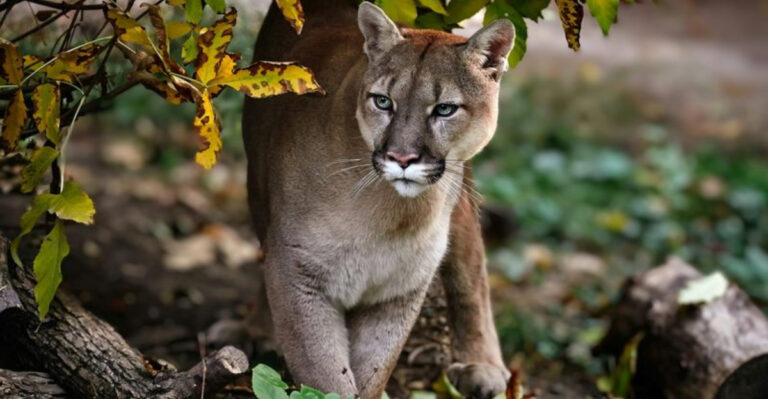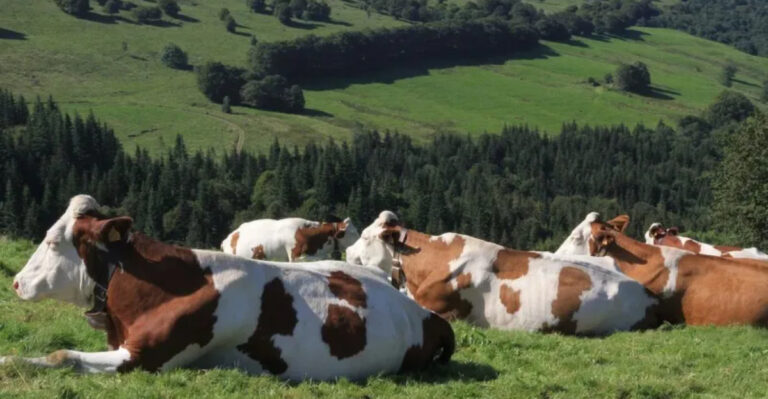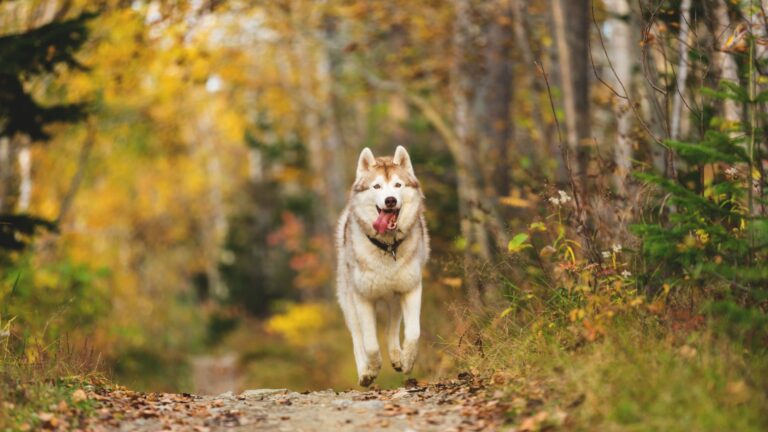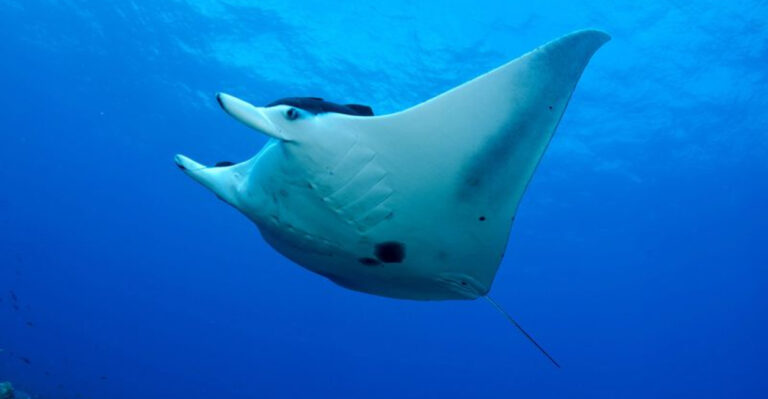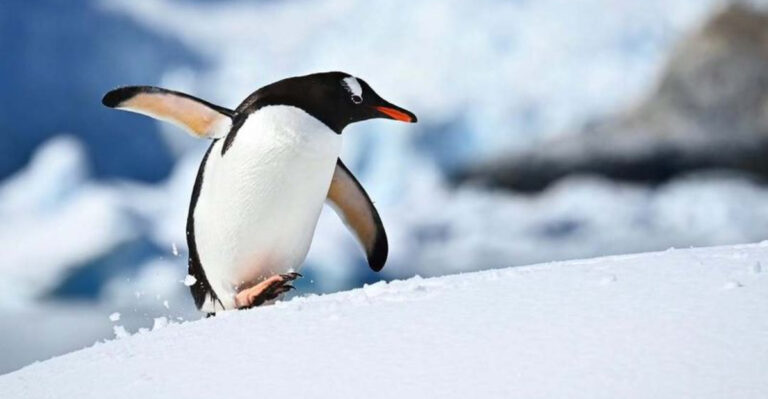9 Animals With No Survival Instincts That Are Shockingly Vulnerable
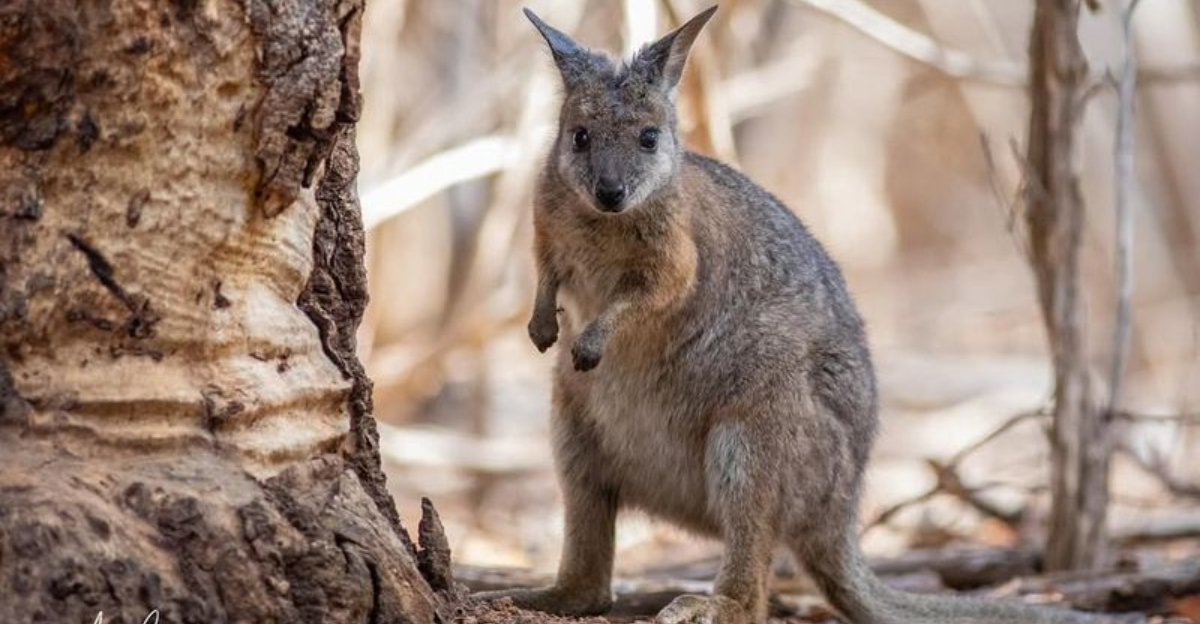
In the vast kingdom of animals, survival instincts are crucial for protection against predators and environmental hazards. However, some animals exhibit shockingly minimal survival instincts, making them particularly vulnerable.
These animals, often through evolution and adaptation to specific environments, lack defenses that many of their counterparts have developed.
1. Sloths
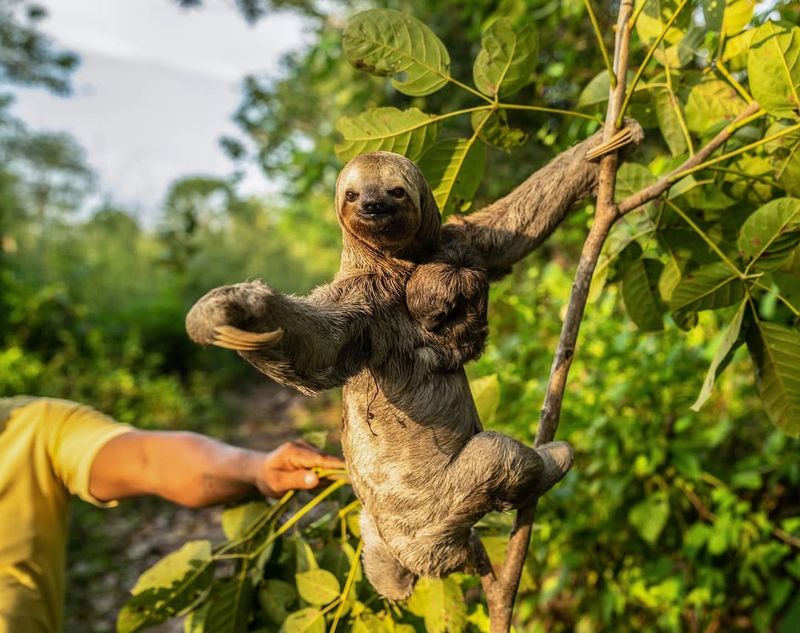
Sloths, known for their sluggish pace, spend most of their lives hanging upside down in trees. Their slow movement is not just a deliberate effort to conserve energy but also a significant vulnerability. Lacking swift reflexes, they are easy targets for predators like eagles and jaguars.
Moreover, their inability to run or even walk quickly on land makes their terrestrial journeys perilous. Frequently, they fall victim to accidents and predators when they venture to the ground.
2. Domestic Chickens
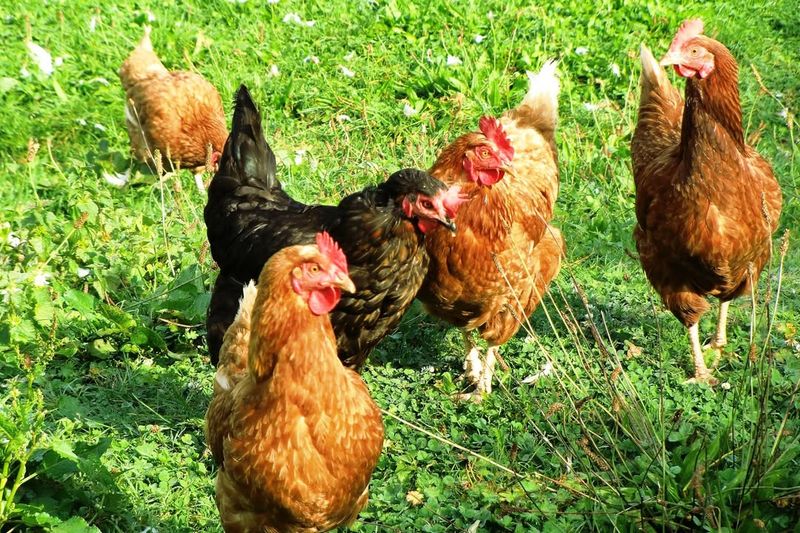
Domestic chickens, bred for their meat and eggs, often lack survival instincts due to human intervention. Their domestication has led to a decrease in natural defensive behaviors.
Chickens have limited flight capabilities, making them easy prey for foxes and other predators. Additionally, these birds tend to panic in response to perceived threats, which can lead to confusion and injury.
In farm settings, chickens rely on human protection, such as enclosures, to keep them safe from predators.
3. Mole
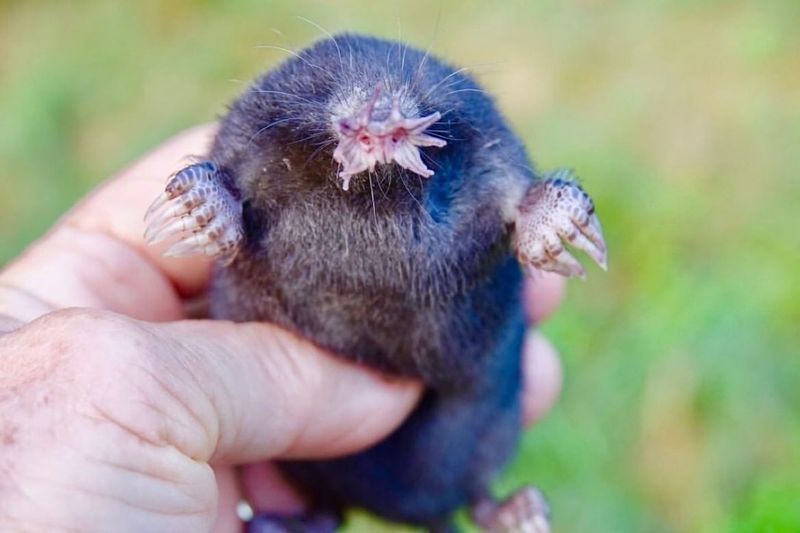
Moles are specialized diggers, spending their lives in tunnels beneath the earth. Their petite eyes, adapted for darkness, compromise their ability to detect threats visually.
These creatures rely heavily on their sense of touch and hearing but are otherwise oblivious to surface dangers. Above ground, moles are clumsy and vulnerable to predators like hawks and foxes.
Despite their vulnerabilities, moles thrive underground, protected by their complex tunnel systems, which provide a safe haven from many surface threats.
4. Sea Turtles
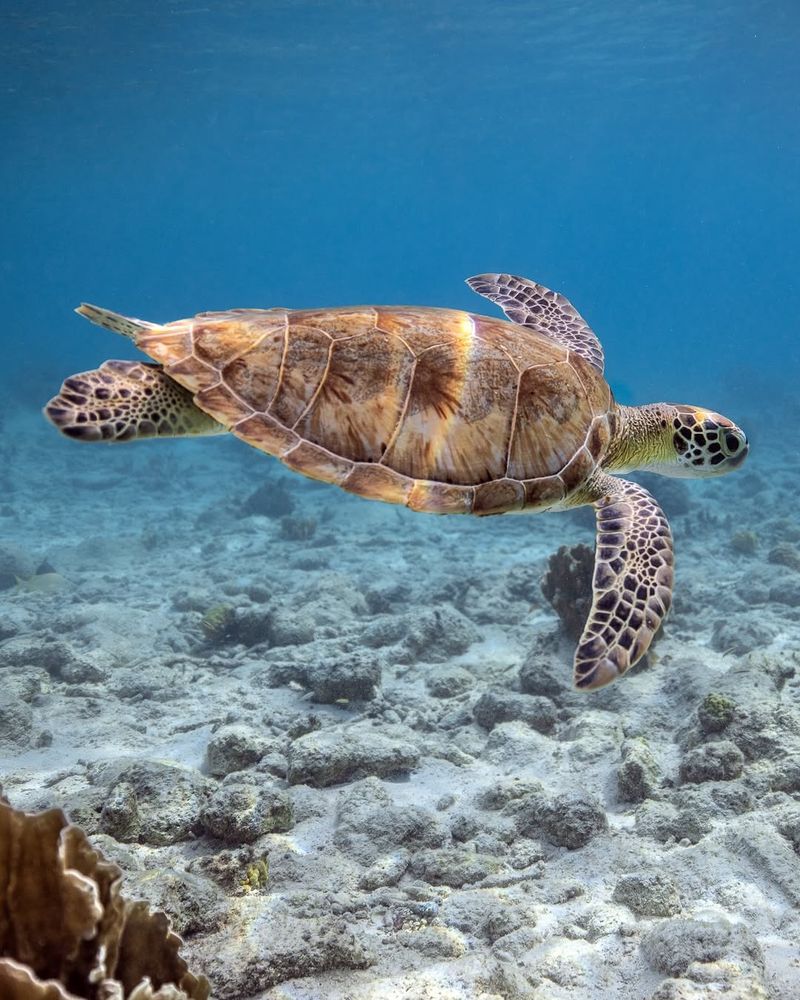
Sea turtle hatchlings face an overwhelming journey from nest to ocean. Their instinct to head toward bright horizons often leads them astray, as artificial lights can mislead them, causing disorientation.
Many fall prey to predators like crabs and birds before reaching the safety of the water. Once in the ocean, they continue to face threats from larger marine animals and human activities. Adult sea turtles, while more adept in the water, are still vulnerable.
5. Giant Panda
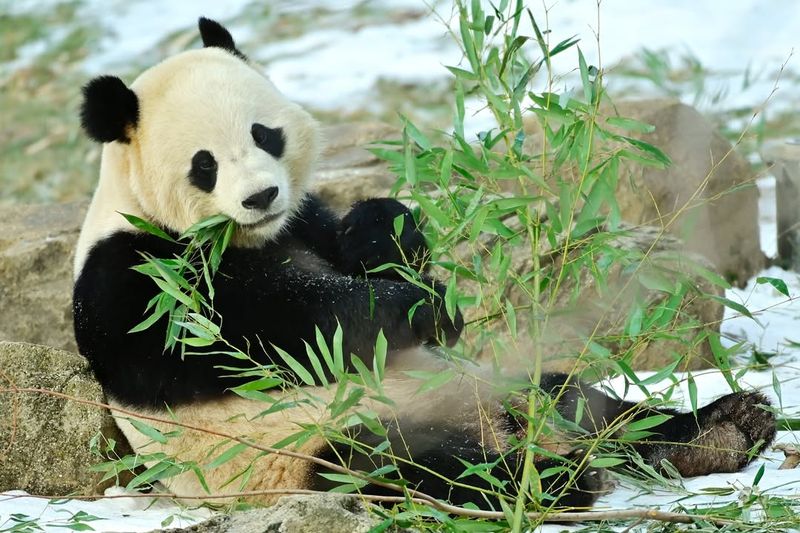
Giant pandas, with their distinct black and white markings, are iconic yet surprisingly vulnerable. Their diet, consisting almost entirely of bamboo, requires them to consume vast amounts daily due to bamboo’s low nutritional value.
This specialization leaves them ill-equipped to adapt should their food source become scarce. Furthermore, they lack natural predators but face significant threats from habitat destruction and climate change.
6. Tammar Wallaby
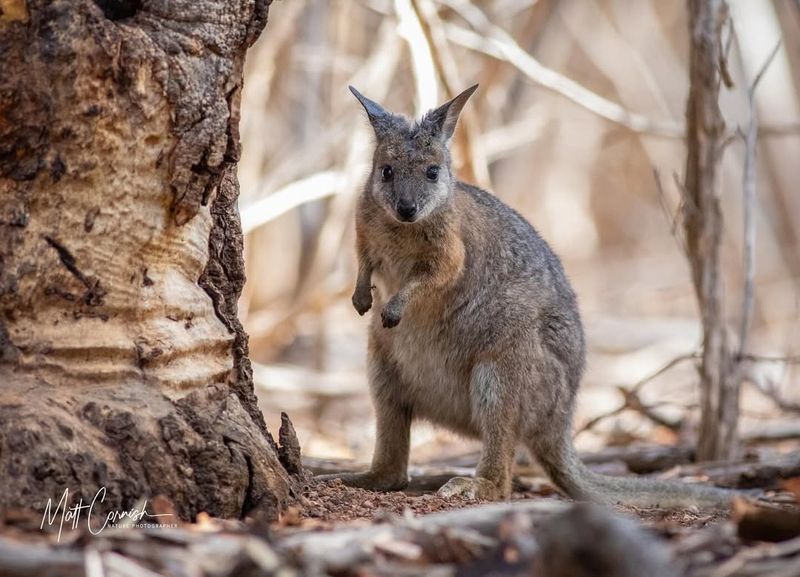
Tammar wallabies are small marsupials known for their freeze response when threatened. Instead of fleeing, they often stand motionless, hoping to go unnoticed by predators.
This instinct can be perilous, leaving them vulnerable to attacks as they fail to escape promptly. Predators like foxes easily capitalize on this behavior. Despite their freeze response, Tammar wallabies are adept at surviving in their native environments.
7. Kakapo
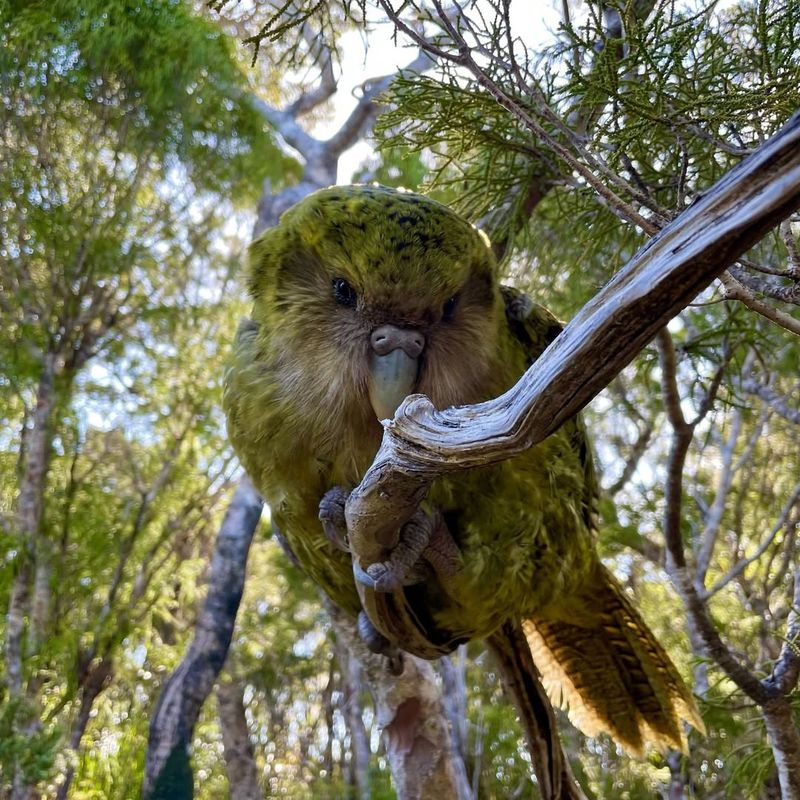
The kakapo, a nocturnal and flightless parrot, is native to New Zealand and critically endangered. Its lack of flight and ground-nesting habits make it highly susceptible to introduced predators like rats and cats.
Kakapos have evolved to evade aerial predators, but this adaptation is ineffective against ground threats. With few natural defenses, they face dire survival challenges.
8. Anteater
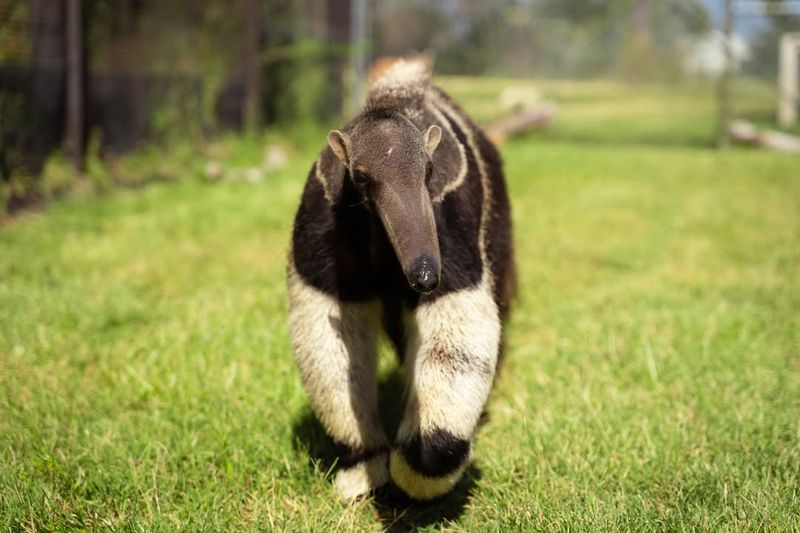
Anteaters, with their elongated snouts and specialized tongues, are designed for a diet of ants and termites. Their slow movements and lack of significant defense mechanisms make them vulnerable to predators like jaguars.
In their natural habitat, anteaters primarily rely on camouflage and avoidance to evade threats. Unlike other animals, they do not possess aggressive defenses like claws or sharp teeth.
9. Koala
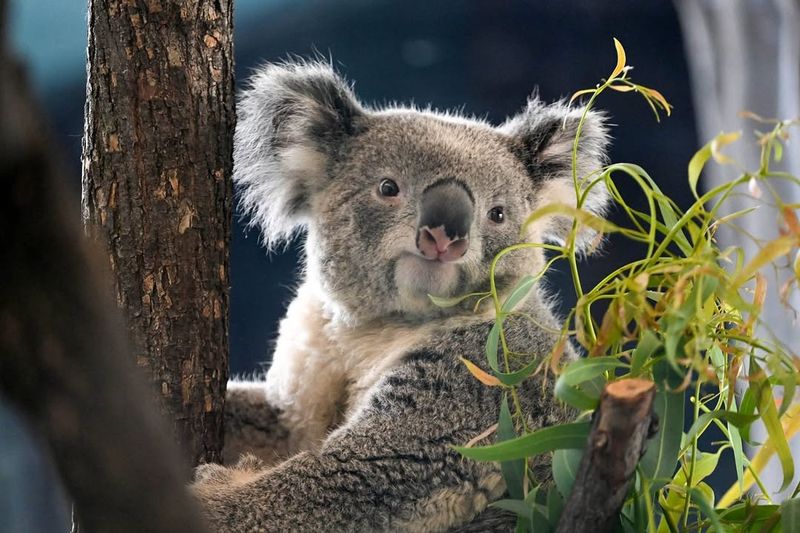
Koalas, iconic Australian marsupials, spend their lives in eucalyptus trees, feeding exclusively on eucalyptus leaves. This dietary specialization, while ensuring a steady food source, leaves them vulnerable if their habitat is threatened.
Koalas have few natural predators but face significant threats from habitat destruction and climate change, which impact their food supply. Their sedentary lifestyle and lack of defensive behaviors further contribute to their vulnerability.

